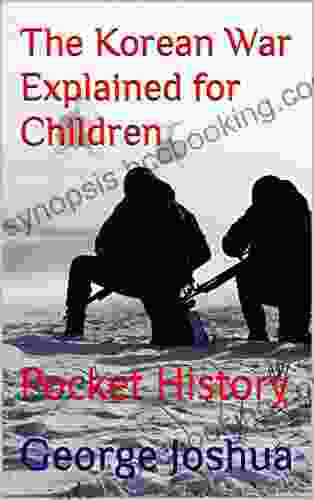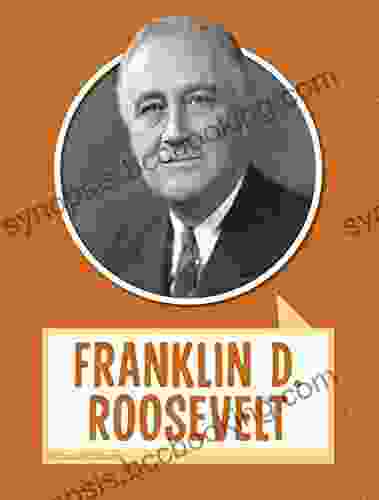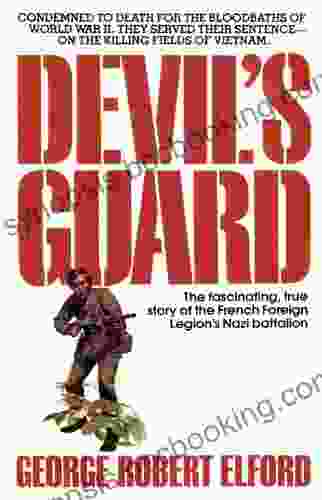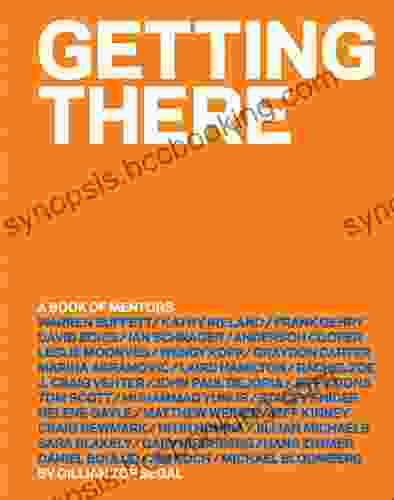The Korean War Explained For Children: A Comprehensive Guide

The Korean War was a complex and tragic conflict that took place from 1950 to 1953. It began when North Korea invaded South Korea in an attempt to unify the two Koreas under communist rule. The United States and its allies supported South Korea, while China and the Soviet Union supported North Korea. The war ended in a stalemate, with Korea still divided into two separate countries.
5 out of 5
| Language | : | English |
| File size | : | 7297 KB |
| Text-to-Speech | : | Enabled |
| Screen Reader | : | Supported |
| Enhanced typesetting | : | Enabled |
| Word Wise | : | Enabled |
| Print length | : | 46 pages |
| Lending | : | Enabled |
The Korean War was a major turning point in the Cold War. It showed that the United States and the Soviet Union were willing to use military force to support their allies and that the Cold War was not just a war of words.
The Korean War also had a significant impact on Korea. The war caused widespread destruction and loss of life. It also led to the division of Korea into two separate countries, which has lasted for over 70 years.
The Korean War is a complex and difficult topic to explain to children. However, it is an important topic to learn about, as it had a significant impact on the world we live in today.
What caused the Korean War?
The Korean War was caused by a number of factors, including:
- The division of Korea after World War II
- The rise of communism in North Korea
- The desire of North Korea to unify the two Koreas under communist rule
- The support of the United States for South Korea
- The support of China and the Soviet Union for North Korea
How did the Korean War start?
The Korean War began on June 25, 1950, when North Korea invaded South Korea. The North Korean army quickly overwhelmed the South Korean army and captured the capital city of Seoul.
The United States and its allies responded to the invasion by sending troops to South Korea. The United Nations also condemned the invasion and called for North Korea to withdraw its troops.
How did the Korean War end?
The Korean War ended in a stalemate in 1953. The two sides agreed to a ceasefire, and a demilitarized zone was created between North and South Korea.
The Korean War is still technically ongoing, as there has never been a peace treaty signed between North and South Korea.
What was the impact of the Korean War?
The Korean War had a significant impact on Korea, the United States, and the world.
In Korea, the war caused widespread destruction and loss of life. It also led to the division of Korea into two separate countries, which has lasted for over 70 years.
In the United States, the Korean War was a major turning point in the Cold War. It showed that the United States and the Soviet Union were willing to use military force to support their allies and that the Cold War was not just a war of words.
The Korean War also had a significant impact on the world. It was the first major war of the Cold War and it showed that the Cold War was a global conflict that could have far-reaching consequences.
The Korean War Explained For Children
The Korean War Explained For Children is a book that teaches children about the Korean War in a clear and concise way. The book is written by a team of experts and it is illustrated with helpful maps and diagrams.
The Korean War Explained For Children is a valuable resource for parents and teachers who want to teach children about this important topic.
The Korean War was a complex and tragic conflict that had a significant impact on Korea, the United States, and the world. The Korean War Explained For Children is a valuable resource for parents and teachers who want to teach children about this important topic.
5 out of 5
| Language | : | English |
| File size | : | 7297 KB |
| Text-to-Speech | : | Enabled |
| Screen Reader | : | Supported |
| Enhanced typesetting | : | Enabled |
| Word Wise | : | Enabled |
| Print length | : | 46 pages |
| Lending | : | Enabled |
Do you want to contribute by writing guest posts on this blog?
Please contact us and send us a resume of previous articles that you have written.
 Book
Book Novel
Novel Page
Page Chapter
Chapter Text
Text Story
Story Genre
Genre Reader
Reader Library
Library Paperback
Paperback E-book
E-book Magazine
Magazine Newspaper
Newspaper Paragraph
Paragraph Sentence
Sentence Bookmark
Bookmark Shelf
Shelf Glossary
Glossary Bibliography
Bibliography Foreword
Foreword Preface
Preface Synopsis
Synopsis Annotation
Annotation Footnote
Footnote Manuscript
Manuscript Scroll
Scroll Codex
Codex Tome
Tome Bestseller
Bestseller Classics
Classics Library card
Library card Narrative
Narrative Biography
Biography Autobiography
Autobiography Memoir
Memoir Reference
Reference Encyclopedia
Encyclopedia Gary O Neal
Gary O Neal George Olsen
George Olsen Gilbert R Mason
Gilbert R Mason Gunnar Staalesen
Gunnar Staalesen Rangarajan K Sundaram
Rangarajan K Sundaram Gail Johnson
Gail Johnson Eddie Armer
Eddie Armer Gerard Siggins
Gerard Siggins Michael Masters
Michael Masters George L Wybenga
George L Wybenga Gary Paul Nabhan
Gary Paul Nabhan Guy Hunter Watts
Guy Hunter Watts Joseph Berington
Joseph Berington Geoff Kersey
Geoff Kersey George Gamow
George Gamow John Long
John Long William F Mann
William F Mann Gert Boyle
Gert Boyle Walter Rhein
Walter Rhein Gary Wonning
Gary Wonning
Light bulbAdvertise smarter! Our strategic ad space ensures maximum exposure. Reserve your spot today!
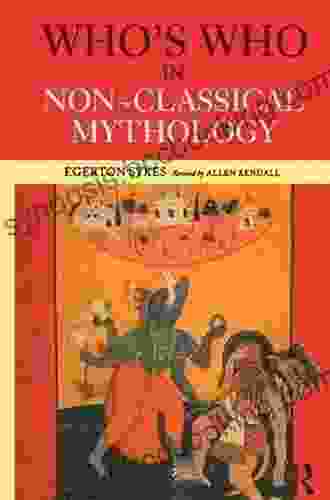
 Douglas PowellDive into the Enchanting Realm of Non-Classical Mythology with 'Who's Who in...
Douglas PowellDive into the Enchanting Realm of Non-Classical Mythology with 'Who's Who in...
 Mario Vargas LlosaHow To Live, Love, And Lead Like A Star: The Ultimate Guide to Success in...
Mario Vargas LlosaHow To Live, Love, And Lead Like A Star: The Ultimate Guide to Success in... Easton PowellFollow ·16.1k
Easton PowellFollow ·16.1k Alvin BellFollow ·17.5k
Alvin BellFollow ·17.5k Floyd RichardsonFollow ·6.6k
Floyd RichardsonFollow ·6.6k Brayden ReedFollow ·9.8k
Brayden ReedFollow ·9.8k Hugh BellFollow ·19.7k
Hugh BellFollow ·19.7k Anthony BurgessFollow ·17k
Anthony BurgessFollow ·17k Rod WardFollow ·9.3k
Rod WardFollow ·9.3k Ezekiel CoxFollow ·16.6k
Ezekiel CoxFollow ·16.6k
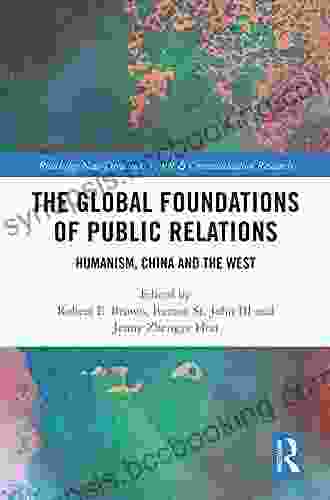
 Robert Heinlein
Robert HeinleinUnveiling Humanism in China and the West: A Journey...
In our rapidly...
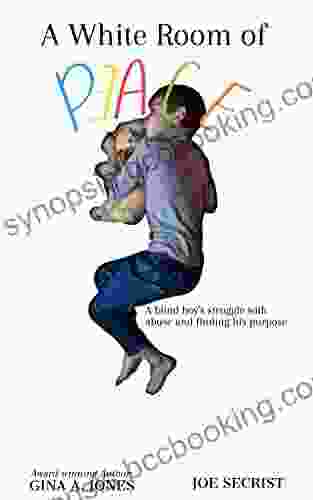
 Brian Bell
Brian BellBlind Boy's Unwavering Struggle Against Abuse and the...
In the tapestry of...
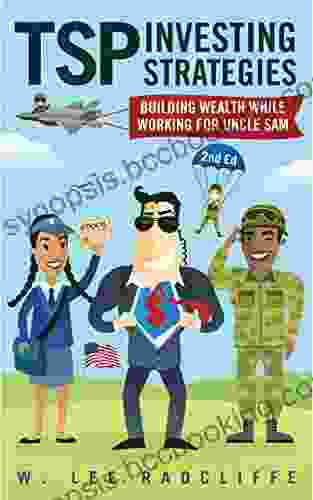
 Craig Carter
Craig CarterBuilding Wealth While Working for Uncle Sam: The Ultimate...
## ### Are you a federal employee who wants...
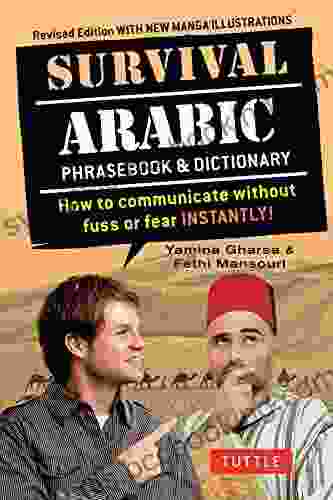
 Raymond Parker
Raymond ParkerUnveiling the Secrets of Arabic Survival: The Ultimate...
Embarking on a journey to unravel the...
5 out of 5
| Language | : | English |
| File size | : | 7297 KB |
| Text-to-Speech | : | Enabled |
| Screen Reader | : | Supported |
| Enhanced typesetting | : | Enabled |
| Word Wise | : | Enabled |
| Print length | : | 46 pages |
| Lending | : | Enabled |


